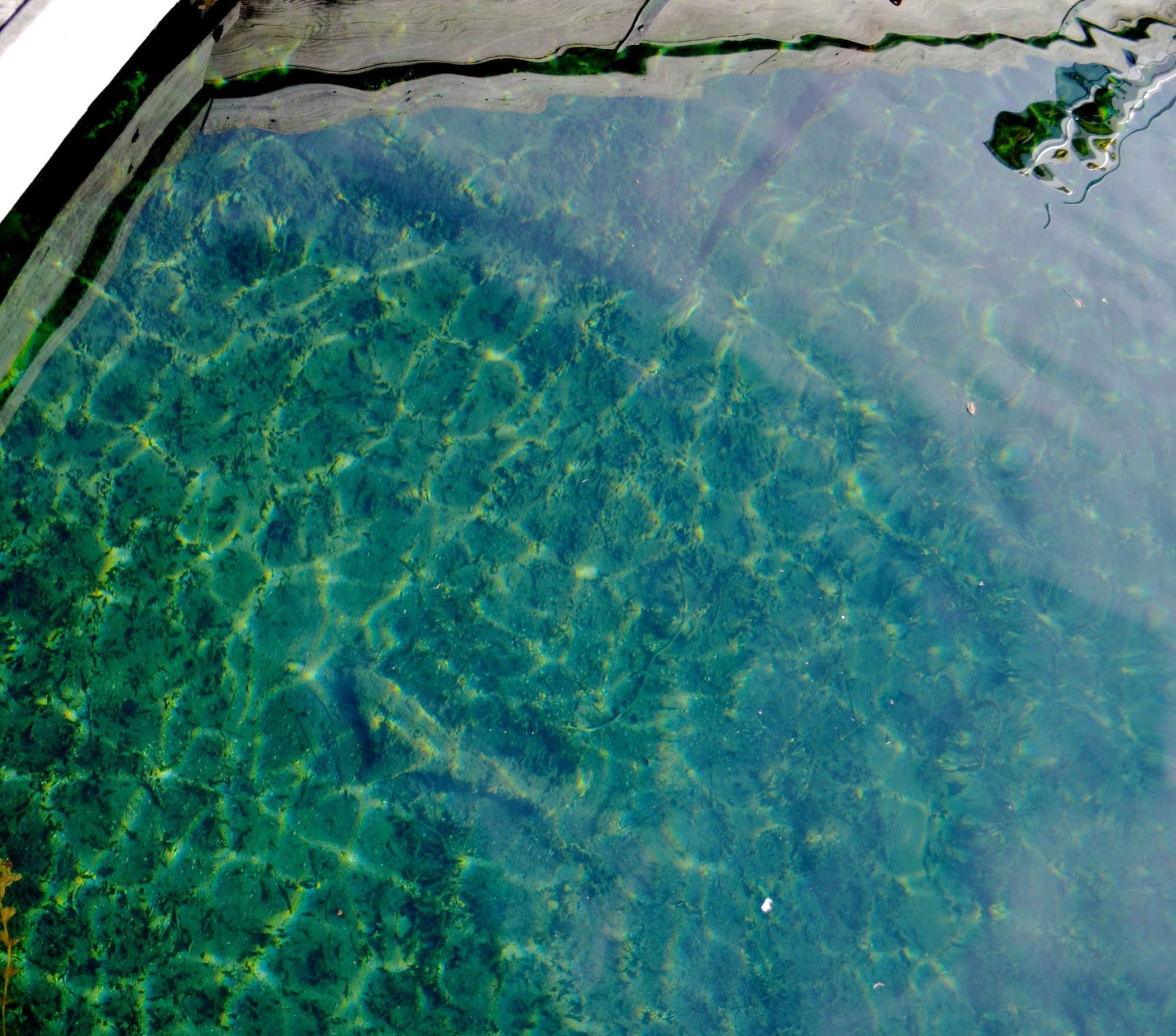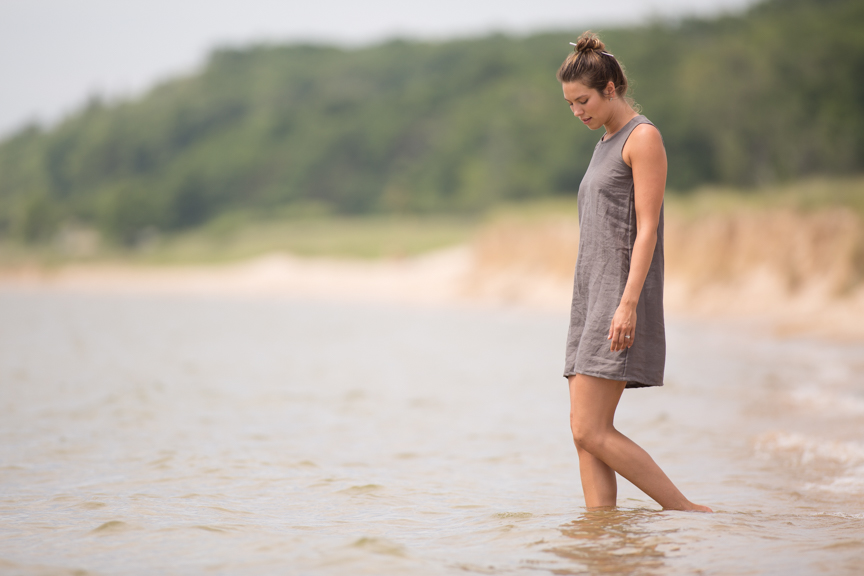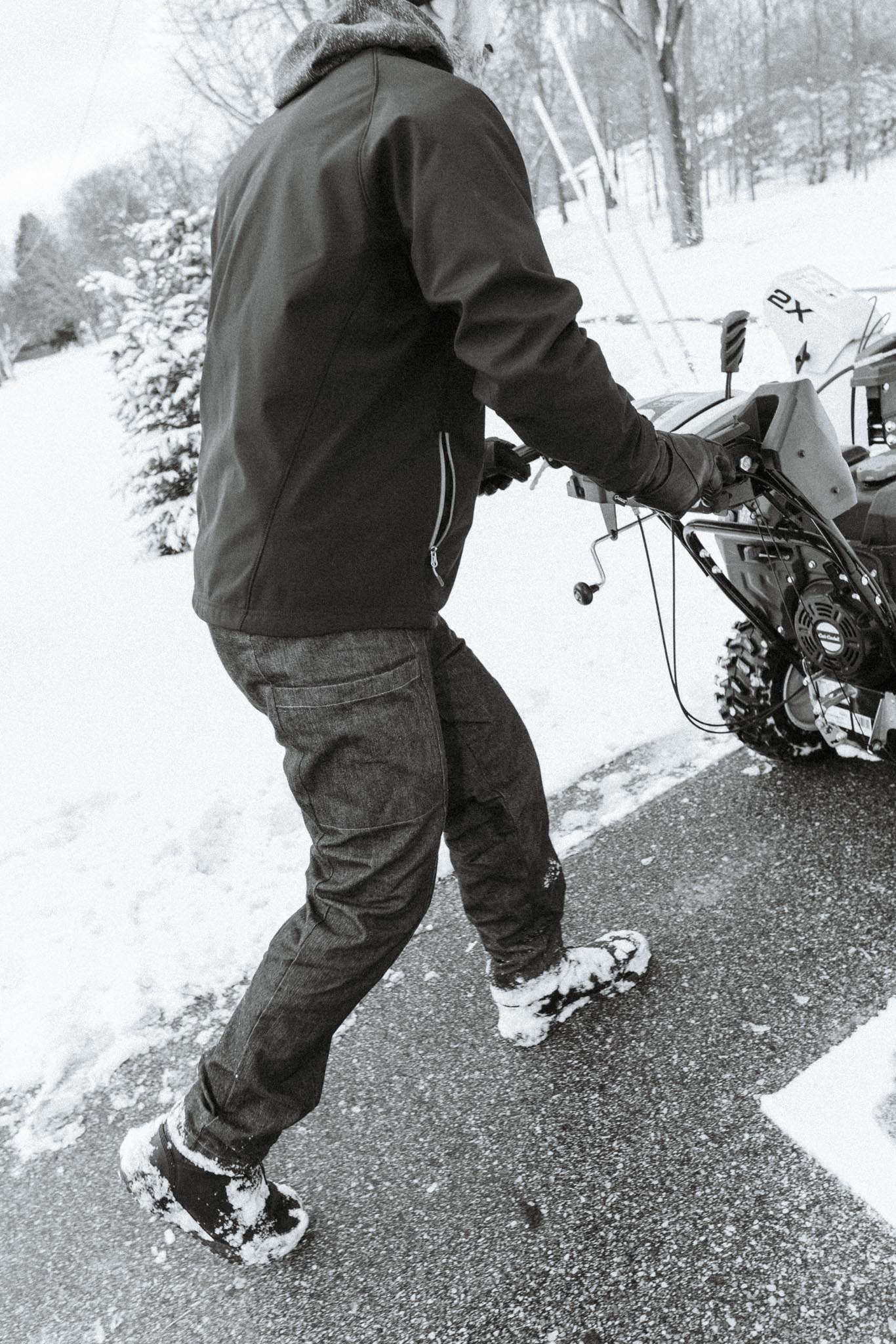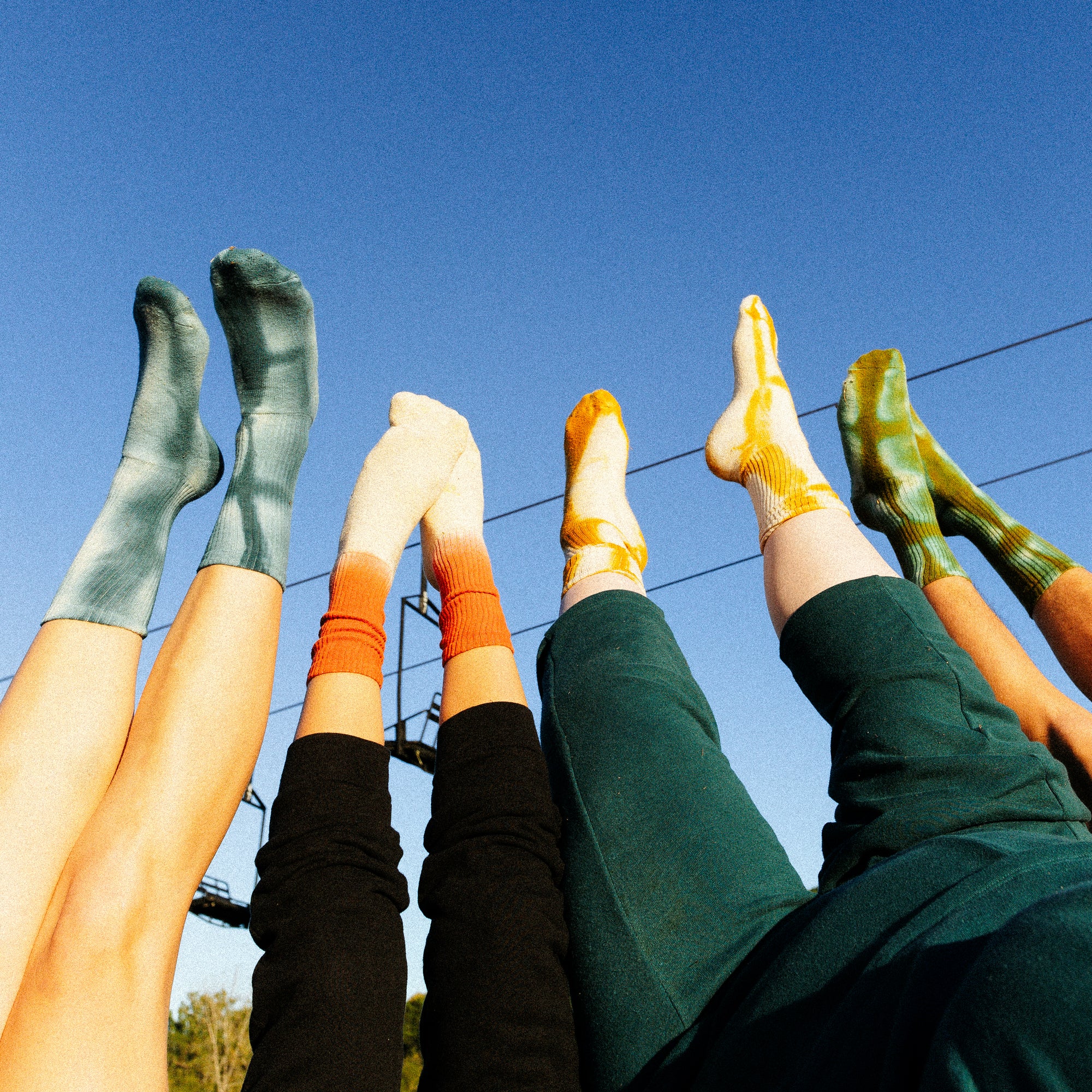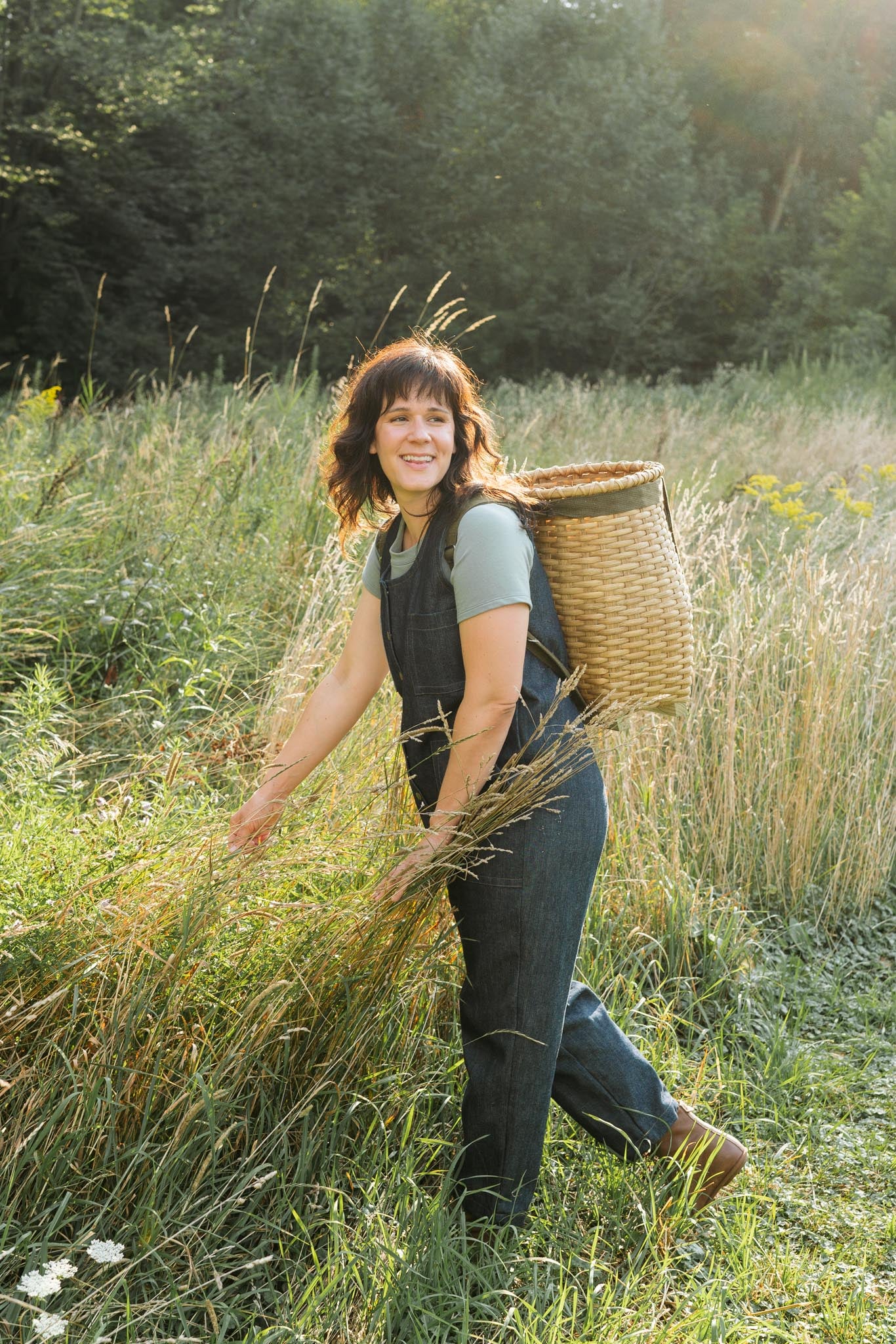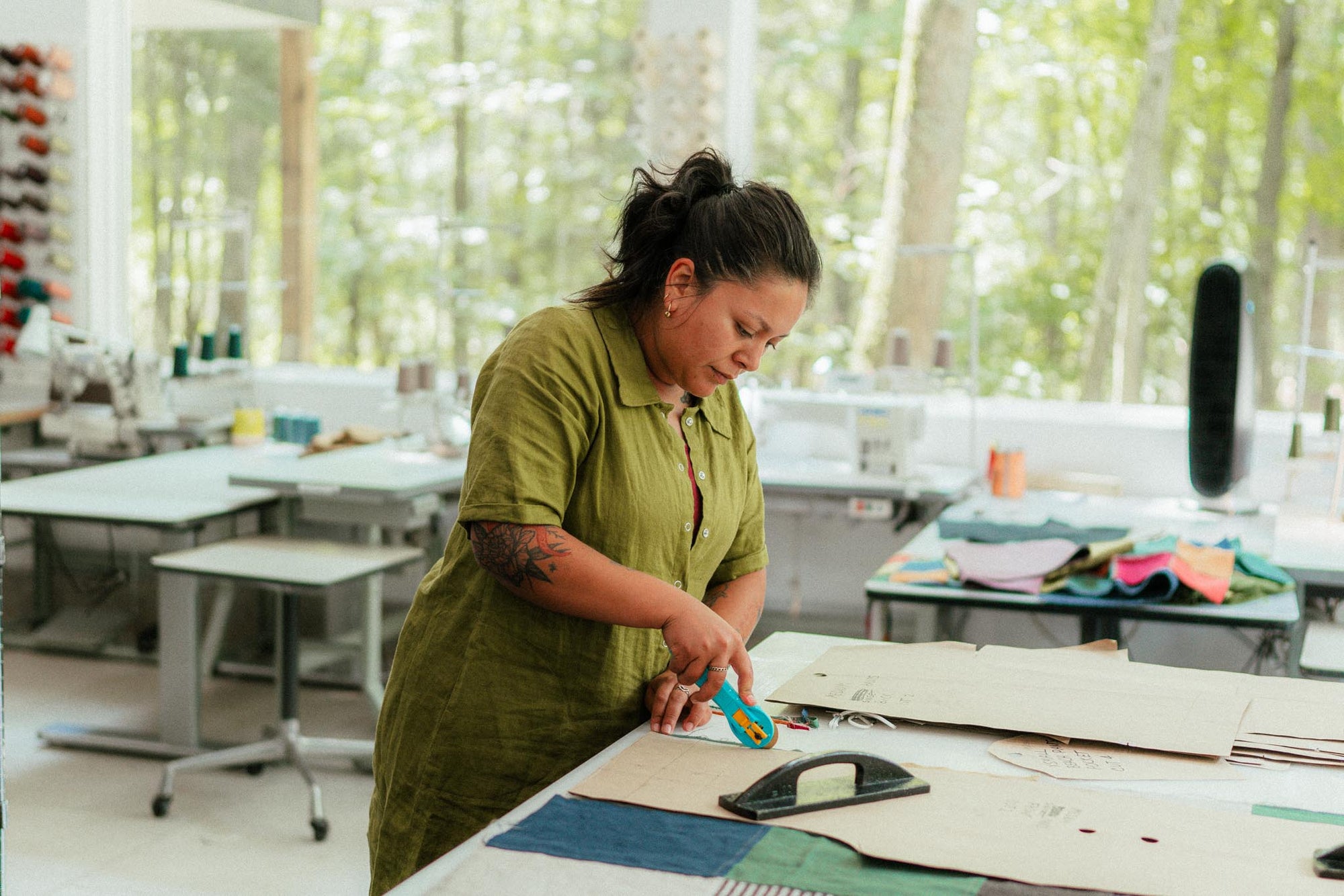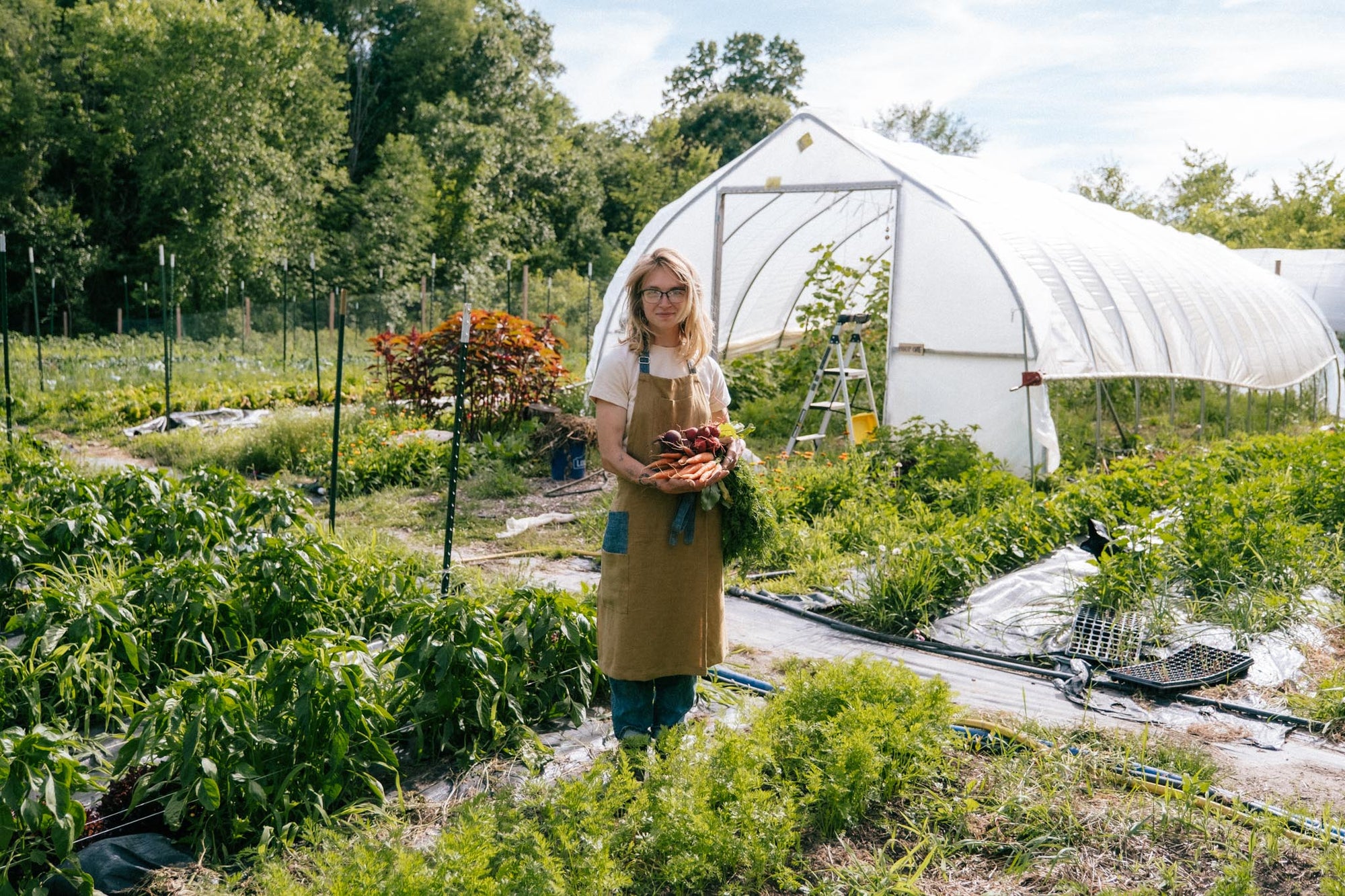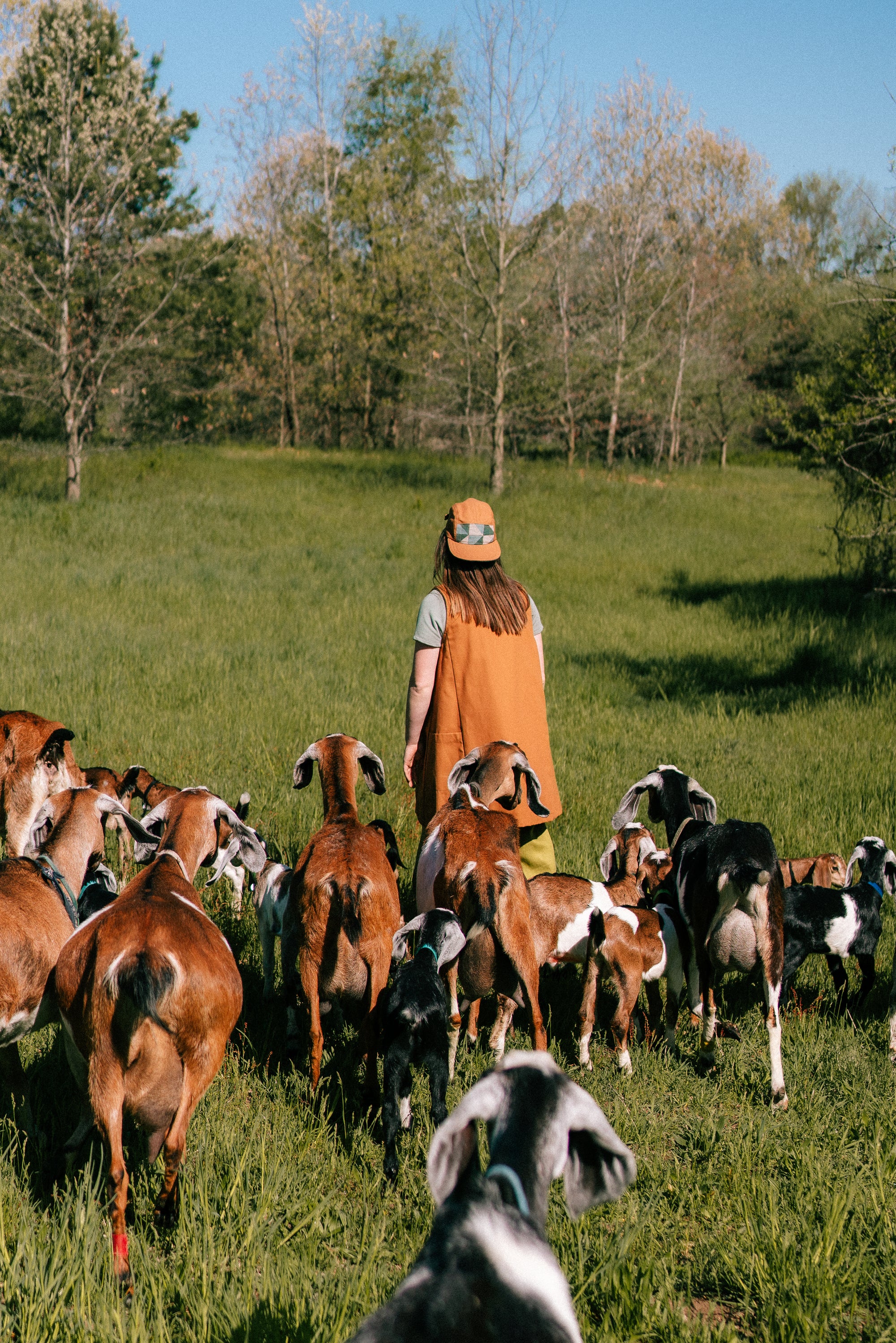
As March settles in, we Michiganders have already experienced one of the mythical “early spring” days_ 60 degrees, snow melted, bit of warm sun gleaning your cheeks. This kind of day comes with a flood of excitement and a tiny adrenaline rush that convinces us_ winter is finally over. Images of beaches, kayaks, and campsites fill our heads, only to get crushed by the first tiny snowflake on the following 28-degree day. These brief warm days are bittersweet, but they remind us of the summer fun on its way and give us all something to look forward to.
Currently, we have the largest water pollution crisis in the history of our species. One would think this might cause mass panic, but in reality something much worse has happened_ nothing. Industries continue to dump water waste that trickles down into virtually every ecosystem on the planet. Rain is supposed to carry fresh water and perpetuate the water cycle, but rain is just water that evaporates from the very lakes and oceans that are polluted and acid rain is the result of air and water pollution that makes its way to the clouds.
Water is a precious resource, and after a run or demanding yoga class, we can’t get enough. The rest of the time, water runs through garden hoses, faucets, showers, and toilets in a seemingly limitless cycle of consumption. The misconception that water is unlimited allows us to blissfully and guiltlessly use whatever copious amount we deem necessary. The truth is that fresh water is a finite, valuable resource and we’re making a mess of it.
In 2015, it was found that 20% of all freshwater pollution comes from textile treatment and dyeing.
The fashion industry finds itself at the center of environmental issues, especially where water is concerned. Garments are the final product of a long, resource-rich supply chain. First, fibers are created either naturally with agriculture, or synthetically with petroleum. Most fiber plants like flax and cotton require large amounts of water to cultivate, while synthetic fibers are extruded into water-heavy chemical solutions. Water is used to wash the resulting fabric, to bleach it, and to dye it. Then, fabrics are often treated with a variety of solutions or chemicals to achieve various properties such as stain- or water-resistance, luster, or prints and patterns.
Annually, we use 16 trillion gallons of water in our fiber production processes and 15 trillion gallons of water for dyeing and finishing. Collectively, this is enough water to fill 50 million Olympic-sized swimming pools. Even though water covers 80% of the planet’s surface, most of these processes use fresh water. Since the oceans are saltwater, the water used in production comes from rivers, lakes, and aquifers way faster than it can be replaced by the rain. However, water going in isn’t the only problem_ the fashion industry contributes to the pollution and waste being dumped back into the environment after it’s used.
In 2015, it was found that 20% of all freshwater pollution comes from textile treatment and dyeing. In addition, a large amount of freshwater is required to wash and maintain our clothes once they’re in our closets. Moral of the story_ all the clean water goes in, and all the dirty water comes out. Many experts are researching and working on what can be done differently, but as with any problem of this scale_ it will take a number of solutions to affect the necessary change.
Would you rather your new jacket cost you more money, or cost someone else their drinking water?
At Conscious Clothing, we do our best to use fabrics like organic cotton which help reduce the amount of pesticides and other chemicals washed into our water sheds and rivers. We are also aware that it takes roughly 2,400 gallons of water to grow just a single pound of cotton so we also use water-conservative natural fabrics like hemp that use only 50 gallons of water per pound. Our yoga line is only 4% elastane, which allows for the necessary give and stretch required for smooth and natural movement, but without the harmful plastic microfibers washed out into the environment. When it comes to dyeing, we make sure to use quality mordants like soda ash and low-impact dyes. Soda ash increases the rate at which dye adheres to fabric, so less dye is wasted and washed out into the environment. For printing, we make sure to use water-based inks, which will degrade naturally over time and won’t result in synthetic particles in our water sheds.
We do as much as we can to reduce our impacts as a company, but it’s difficult to figure out what you can do as an individual to contribute to solutions rather than the problem. There are little things like_ take shorter showers, don’t water your lawn, wash more clothes in one load. However, these behavioral changes don’t effect the economic issue behind wasteful clothing production. To effect that, you have to be mindful of where your clothes come from, and which companies you choose to support. You could buy a new shirt for $5 at your favorite fast fashion store, but that reduced financial cost comes at a much larger environmental one. Would you rather your new jacket cost you more money, or cost someone else their drinking water?
Sources
Mathews, Brett. Closing the Loop_ An Essential Guide for the Global Textile Supply Chain. Normanton, England_ MCL Global, 2015.
Bingham, Emily. 8 Amazing Water Facts Only Michiganders Can Brag About. Michigan, USA_ MLive, 2017. http_//www.mlive.com/entertainment/index.ssf/2017/05/michigan_water_facts.html
Wicker, Alden. Now We Know! Fashion Is the 5th Most Polluting Industry, Equal to Livestock, Ecocult, 2017. https://ecocult.com/now-know-fashion-5th-polluting-industry-equal-livestock/
https://quantis-intl.com/wp-content/uploads/2018/02/measuring_fashion_report_quantis.pdf
http://worldwaterday.org/app/uploads/2018/02/fact_sheet_WWD2017_EN_2.pdf

